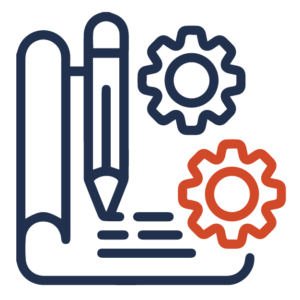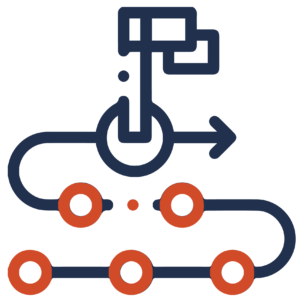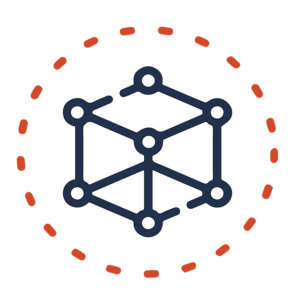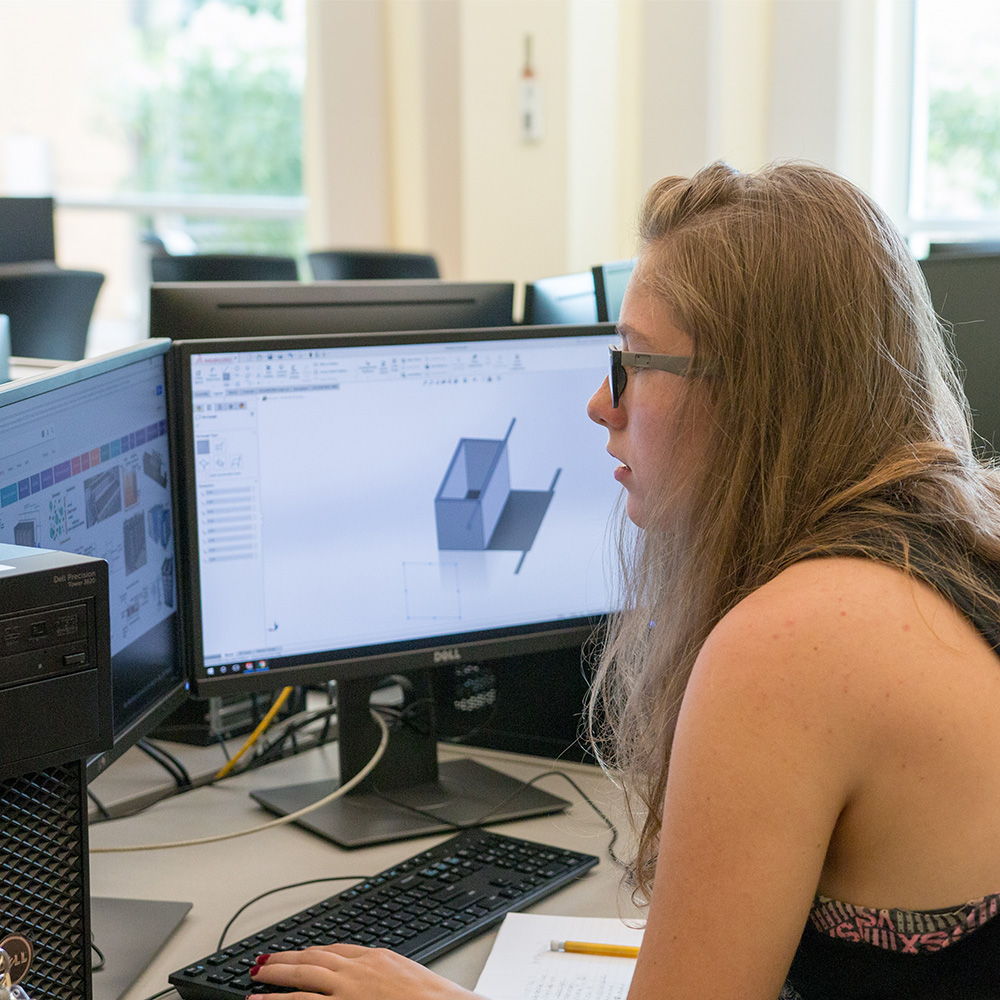Cornerstone Design
Cornerstone Design
Working as a team to overcome challenges with Cornerstone Design
Bringing collaboration, problem-solving, creativity and fun to the design table.
Engineers and scientists are great problem-solvers. They’re expert collaborators. And those skills are honed right from the beginning of their Mines journey through Cornerstone Design, two 3-credit courses with the centerpiece being students working as a team to solve an open-ended design problem. By finding solutions to real-world problems, students apply their technical knowledge in practical ways—all before heading out into the workforce. No idea is off the table. Creativity is encouraged. And students have every opportunity to make a difference—all while having fun, of course.
What to expect

Get an introduction to the Mines design process

Learn and apply creative problem-solving skills

Create and present a “works-like” prototype to judges
Open to
Mines undergraduates
When
Academic year
Where
Golden, Colo.

Engineering design is all about open-ended problem solving and teamwork to solve problems, and Mines students are introduced to those concepts from day one while learning written technical communications skills and the importance of effective oral presentations.
 Oredigger reviews
Oredigger reviews
Lauren, Chemistry, Centennial, Colo.
“I’m currently taking Design 1, and I have really enjoyed it! In Design 1, we have learned about how to create a design, including all of the steps such leading up to it, such as how to best come up with ideas, making a looks-like prototype and splitting the design into subsystems. It has been really fun getting to work with my group in creating a design that benefits those with disabilities in outdoors, which was the theme this semester.”
Matthew, Computer Science, Berthoud, Colo.
“My team built a dam seepage detection system. Out of this project, my team learned essentially what it looks like to participate in a design team and the challenges and fruit that comes out of that. What stands out most to me is that my team knew a lot more than we thought we did in the moment. It can be easy to underestimate yourself.”
Mikayla, Civil Engineering, Lakewood, Colo.
“I worked in a mechE/civE group in which we developed a heat pump for a wastewater treatment facility. I learned the importance of communication with my client and teammates throughout the entire project and how to work in a professional setting.”
Colleen, Engineering, Cimarron, N.M.
“Design I was one of my favorite classes. It teaches the importance of teamwork, communication and stakeholder feedback all while combining the ideas of engineering and purposeful design. I enjoyed this class so much I changed my major from a very research-heavy environmental engineering degree to that of the BSE, which is more design-based.”
Adam, Mechanical Engineering, Parker, Colo.
“Went through the basics of designing and creating a prototype that solves some sort of problem. It was actually quite fun, and I’m still friends with my group members from that class.”
Cameron, Engineering Physics, Aurora, Colo.
“My group and I worked on creating an injection fertilization model for use in the Midwest. We learned about how the engineering process is a series of steps, which can be adjusted from project to project.”
Madison, Electrical Engineering, Houston, Texas
“Honestly, I learned the most skills in Cornerstone Design. Our project was focused on upcycling—repurposing used materials for a useful application. It was my first-ever class my first semester at Mines. I learned how to work on a team with wildly different skills, interests and perspectives, and it has catapulted the type of career I want to have. We were the underdog team that somehow managed to work well together, and from this experience, I now know I love working in teams and helping them be successful.”
Emma, Metallurgical and Materials Engineering, Flower Mound, Texas
“In my sophomore design class, we got partnered with a Fortune 500 company and were tasked with solving one of their industrywide problems. The chance to work with such a large company on a large problem was such a valuable experience. I learned a lot about client communication, teamwork and problem-solving as my team worked together toward a unique solution for our client’s problem.”
Colton, Mechanical Engineering, Olathe, Kans.
“In Cornerstone Design, we were tasked with solving a real-world problem. We were put into groups where we worked together on a project throughout the semester. Our specific project was to create a solution for clean water affordability. After lots of research and initial planning, we built a full, working prototype by the end of the semester. Overall, this class is a great introduction to what an engineering student may experience in the workplace. It helps develop many skills such as teamwork, design planning, sketching, organization and prototyping.”
Emily, Statistics, Arvada, Colo.
“My semester prompt (or at least the gist of it) was about improving outdoor accessibility. My group ended up making a glove designed for those with arthritis or nerve damage. We made it easier to put on and added a way to read the temperature of the hands. If we could get an A with that idea, then you certainly can too. My design professor frequently reminded us that the class was more about learning the design process rather than the actual final project design itself. I think this lesson stands out most to me and can be applied to other areas as well. School should not be about the grade itself but the learning that happened while getting that grade.”